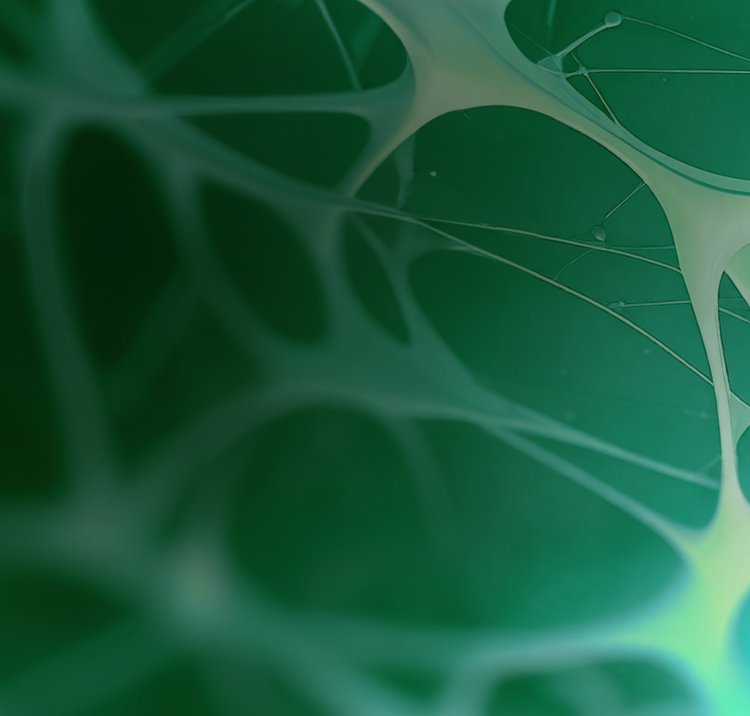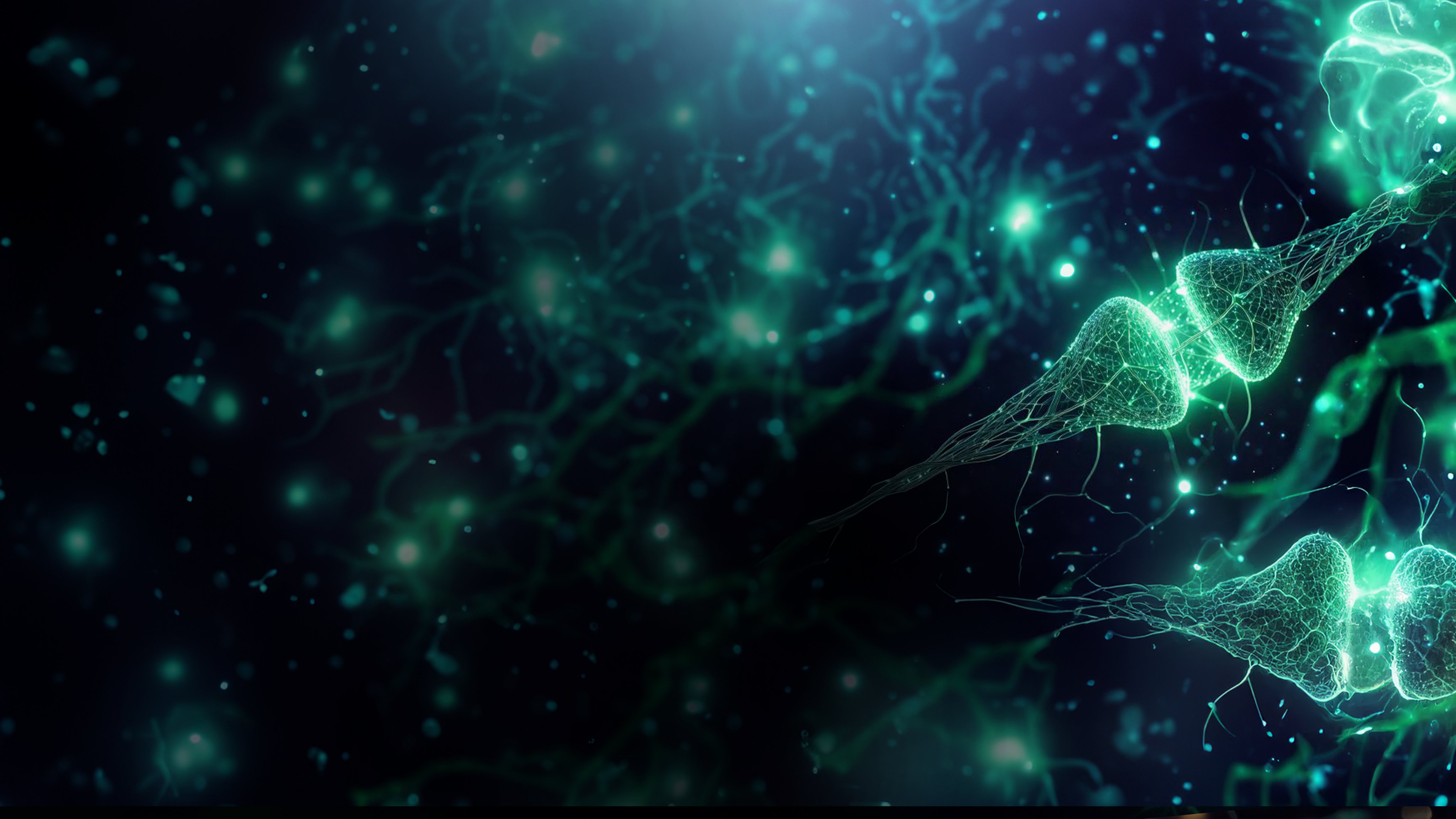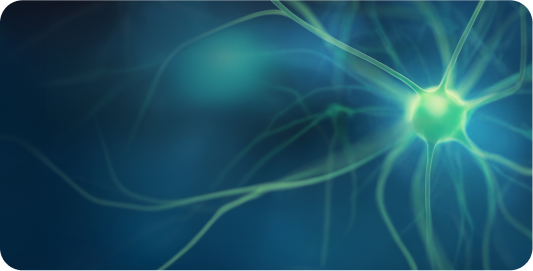

Possibilities in Complex Therapeutic Areas
We have FDA-approved treatments for tardive dyskinesia, Huntington’s disease chorea and classic congenital adrenal hyperplasia, as well as a robust pipeline including multiple compounds in mid-to-late phase clinical development across our core therapeutic areas.
Neurology
-
Movement Disorders
An estimated 42 million people in the U.S. live with a movement disorder.1,2 Movement disorders affect a person’s ability to produce and/or control body movement.2 Available treatment options depend on the type of movement disorder.
-
TD is an involuntary movement disorder that is characterized by uncontrollable movements of the face, torso, limbs, and fingers or toes.
TD is associated with use of antipsychotic medication that may be necessary to treat individuals living with mental illnesses such as bipolar disorder, major depressive disorder, schizophrenia, and schizoaffective disorder. Treatment with antipsychotic medications is thought to result in irregular dopamine signaling in a region of the brain that controls movement.
There are at least 800,000 people in the United States living with TD, and approximately 60% have not yet been diagnosed.
-
Approximately 90 percent of patients living with HD experience chorea, a movement disorder characterized by abnormal, involuntary, unpredictable, and irregular movements.
HD is a hereditary progressive neurodegenerative disorder in which the loss of certain neurons within the brain causes motor, cognitive, and psychiatric symptoms. Symptoms generally appear between the ages of 30 and 50 years and worsen over a 10- to 25-year period. HD is estimated to affect approximately 41,000 adults in the U.S., with more than 200,000 at risk of inheriting the disease.
Chorea can affect various body parts and interfere with motor coordination, gait, swallowing, and speech. HD chorea can impact all areas of daily life for patients. As chorea worsens, the ability to function becomes more difficult.
-
DCP is a form of cerebral palsy that is associated with a range of developmental delays, difficulties with physical function, and involuntary movements.
Approximately 15% of the estimated 600,000 to 1 million people living in the U.S. diagnosed with cerebral palsy live with dyskinesia (uncontrollable muscle movements).
There are no approved treatments for DCP.
-
-
Epilepsy
Epilepsy is one of the most common neurological disorders, affecting more than 65 million people worldwide.3 Epilepsy is more common in young children or older adults and is characterized by abnormal electrical activity in the brain that leads to seizures. Seizures are unpredictable and can vary in severity from brief staring spells to generalized convulsions.
Neuroendocrinology
-
-
CAH is a rare genetic condition that results in an enzyme deficiency that alters the production of adrenal hormones that are essential for life. Approximately 95% of CAH cases are caused by a mutation that leads to deficiency of 21-hydroxylase (21-OH). 21-OH is an enzyme that is essential for making cortisol and aldosterone, two hormones that are critical to numerous physiologic functions. Cortisol allows the body to respond to injury, stress, or illness; and aldosterone maintains proper blood pressure and sodium levels. Severe deficiency of 21-OH can lead to an inability of the adrenal glands to produce cortisol and, in approximately 75% of cases, aldosterone. If left untreated, CAH can result in salt wasting, dehydration, and even death. 21-OH deficiency associated with CAH also results in overproduction of adrenocorticotropic hormone (ACTH) and androgens, which can affect growth and sexual development and reduce fertility.
Learn more about CAH from patients, caregivers, and healthcare providers
-
-
Women’s Health
Women face a unique set of health conditions. Several conditions that occur within the uterus may lead to painful periods, bleeding, pain during sex, and difficulty getting pregnant.6,7
-
Endometriosis occurs when tissue similar to that normally found in the uterus begins to grow outside of the uterus, leading to a range of symptoms.
Symptoms of endometriosis include painful periods, pelvic pain between periods, and pain with sex. Estrogen fuels the growth of lesions that can occur on the ovaries, the fallopian tubes, or other areas near the uterus, such as the bowel or bladder.
According to researchers, 7.5 million women in the U.S. are diagnosed with endometriosis, with 3 million diagnosed with moderate to severe endometriosis.
*All commercialization and marketing by AbbVie Inc.
-
Uterine fibroids are benign (non-cancerous) growths that form inside, outside, or in the wall of the uterus.
Uterine fibroids are most often seen in women between ages 30 to 40 but can occur at any age. Uterine fibroids are the most common pelvic growth, affecting around 20% of all women by age 59. Uterine fibroids are the leading cause of infertility.
Some common symptoms associated with uterine fibroids include heavy menstrual bleeding, painful periods, vaginal bleeding at times other than menstruation, anemia, pain in the abdomen or lower back, pain during sex, difficulty urinating or frequent urination, constipation, rectal pain, or difficulty getting pregnant.
*All commercialization and marketing by AbbVie Inc.
-
Neuropsychiatry
-
Neuropsychiatric Disorders
Mental health disorders, such as schizophrenia and depression, occur in more than 792 million people globally. New treatment options in this space are critical to help lessen the personal, social, and economic toll of these disorders.5
-
Schizophrenia is a serious and complex mental disorder that affects how a person thinks, feels, and behaves.
As one of the leading causes of disability worldwide, schizophrenia often results in significant emotional burden for those who experience symptoms, as well as their family and friends. It impacts approximately 24 million people worldwide. Approximately 33% of patients with schizophrenia fail to respond to current antipsychotic therapy.
Watch Carlos’ Journey Living with Schizophrenia
-
MDD is a mental health disorder and one of the leading causes of disability.
MDD is characterized by a persistently depressed mood, loss of interest, lack of enjoyment in daily activities, and decreased energy that can impact normal daily functioning, relationships, and overall quality of life. Of the more than 16 million people in the U.S. who live with MDD, about one-third do not respond to available antidepressants.
-
References
- University of Michigan Health. Movement disorders. Accessed July 12, 2022. https://www.uofmhealth.org/conditions-treatments/brain-neurological-conditions/movement-disorders
- MedlinePlus. Movement disorders. Accessed July 12, 2022. https://medlineplus.gov/movementdisorders.html
- Epilepsy Foundation. Who can get epilepsy? Accessed July 12, 2022. https://www.epilepsy.com/learn/about-epilepsy-basics/who-gets-epilepsy
- National Organization for Rare Disorders. Congenital adrenal hyperplasia. Accessed July 12, 2022. https://rarediseases.org/rare-diseases/congenital-adrenal-hyperplasia/
- Our World in Data. Mental health. Accessed July 12, 2022. https://ourworldindata.org/mental-health
- National Library of Medicine. MedlinePlus. Uterine fibroids. Accessed July 12, 2022. https://medlineplus.gov/uterinefibroids.html
- National Library of Medicine. MedlinePlus. Endometriosis. Accessed July 12, 2022. https://medlineplus.gov/endometriosis.html

Approved Medicines

TD Awareness
